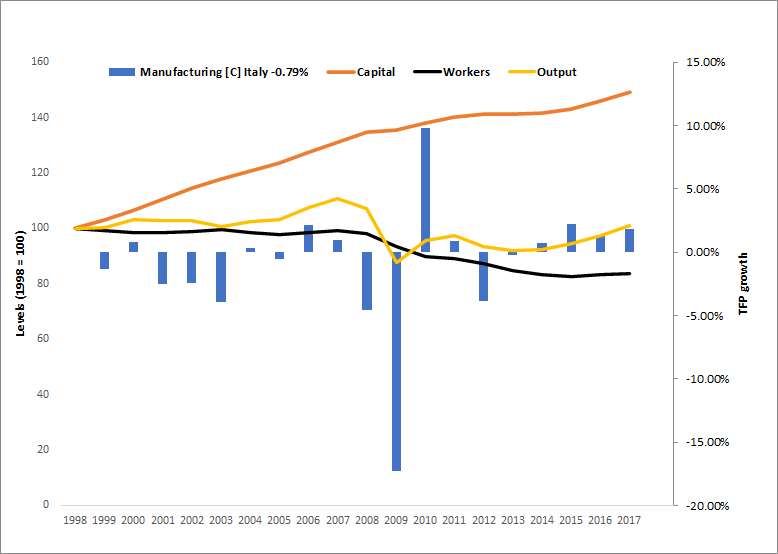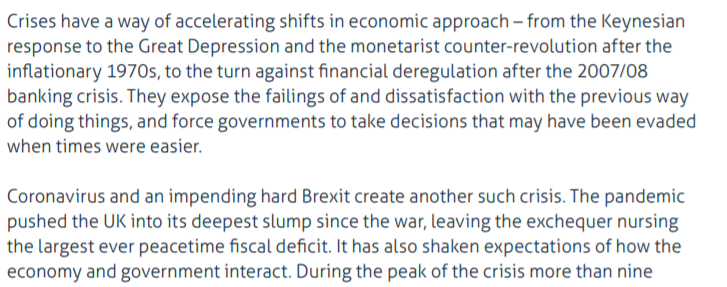
I suspect there is something iffy about the Italian numbers for capital invested.
Output tells a more truthful story: compare UK and Italy now (oh, and Germany)


Output tells a more truthful story: compare UK and Italy now (oh, and Germany)



And, finally, a different way of describing how four peer-countries 'chose' their allocation of labour to the two big productivity driving sectors
Again, I am most suspicious of people who think you can quickly prove something from this ...
Again, I am most suspicious of people who think you can quickly prove something from this ...

• • •
Missing some Tweet in this thread? You can try to
force a refresh













